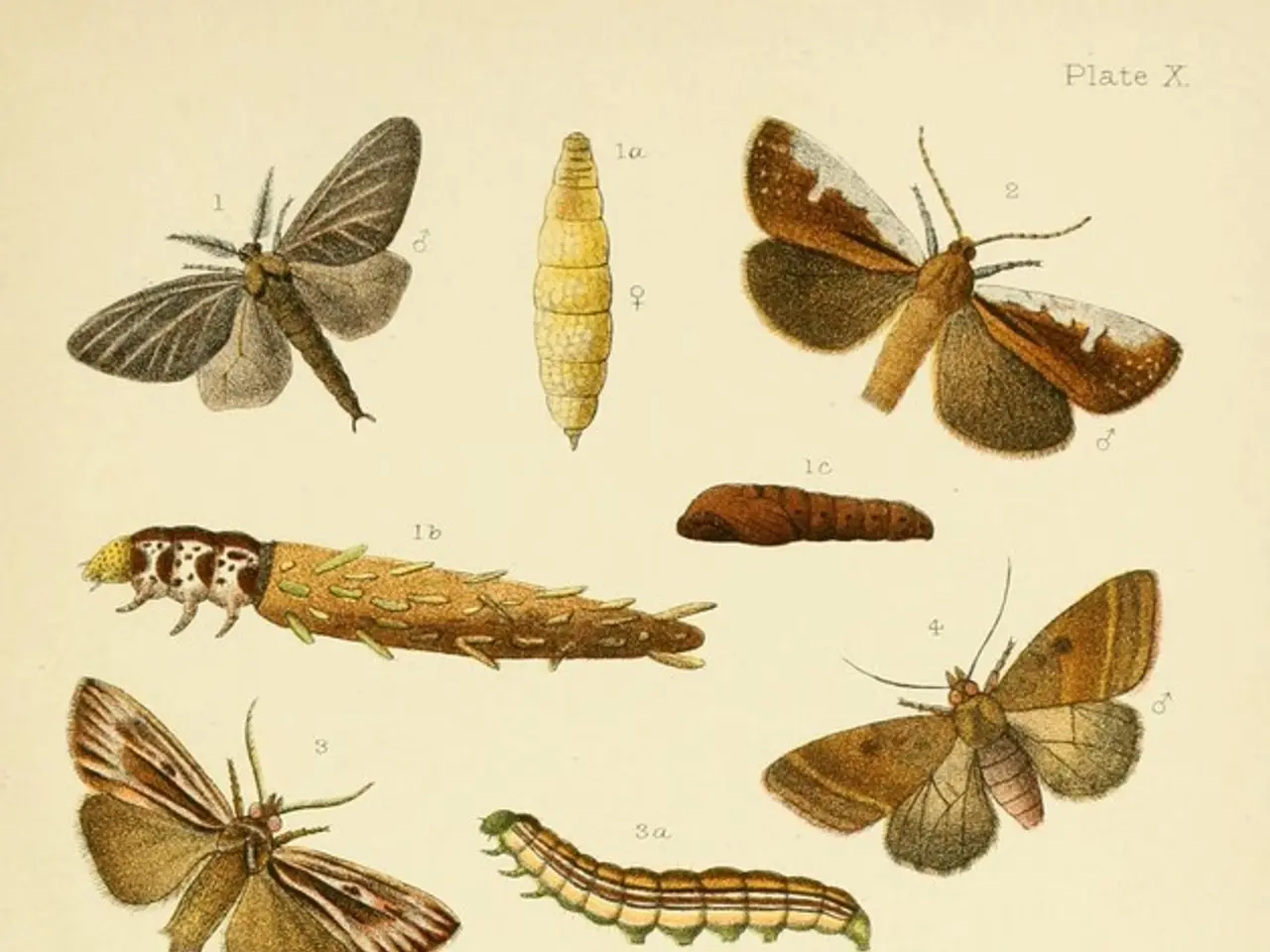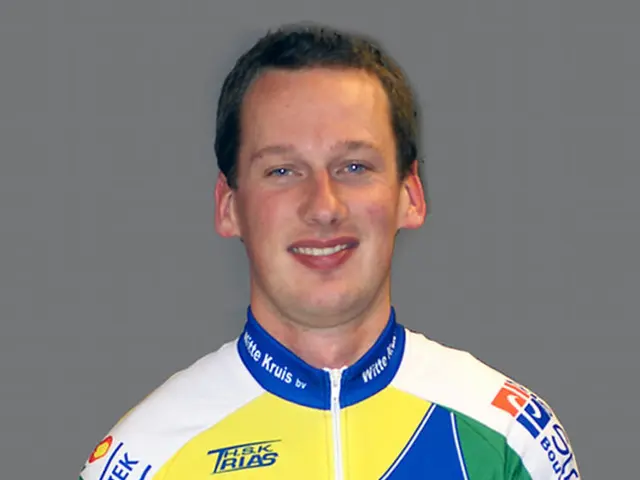Forces Acting on a Coil Spring: The Interplay of Pressures Affecting a Compressed or Extended Spring
Simple harmonic motion (SHM) is a fascinating and ubiquitous phenomenon that can be observed in various aspects of our daily lives, from the vibrations of musical instruments to the swinging of pendulums. This rhythmic dance is governed by the interaction between the mass of an object and the spring's stiffness.
The Motion's Essential Elements
In SHM, the total energy remains constant, switching between potential and kinetic energy. The object accelerates back towards the centre due to the spring force, causing it to move in a back-and-forth motion along a straight line. The frequency of SHM describes how often the object completes a full cycle, while the period is the time it takes for one complete cycle.
Key Relationships
The restoring force that causes SHM is proportional to the displacement and acts in the opposite direction: , where is the spring constant and is the displacement from equilibrium. The angular frequency (rate of oscillation) of the motion depends on both the spring constant and the mass as:
where:
- is the angular frequency (radians per second),
- is the spring constant (a measure of the spring’s stiffness),
- is the mass of the object attached to the spring.
The period , the time for one complete oscillation, is inversely related to the angular frequency:
Increasing the spring constant (stiffer spring) results in a higher frequency (faster oscillations), while increasing the mass results in a lower frequency (slower oscillations).
Additional Factors
The maximum displacement (amplitude) affects the maximum force but does not influence the period or frequency of the SHM. Damping forces, such as friction or air resistance, can slow and eventually stop oscillations but are not part of ideal SHM.
Real-World Applications
The string in a musical instrument acts like a spring, stretching and releasing energy in a rhythmic dance, and the beautiful notes heard are the result of the string's resonant frequency. The length and mass of a pendulum dictate its period, the time it takes to complete one swing.
In a spring free body diagram, the applied force, the weight of the spring, and the force of friction are forces acting on a spring in SHM. An external force () can gently nudge an object towards or away from its equilibrium position.
Friction can slow down SHM, especially if there's a lot of friction. Damping can be caused by air resistance, friction, or other factors that oppose motion. Kinetic energy in SHM is the energy of the object's motion, while potential energy in SHM is the energy stored when the spring is deformed.
In conclusion, the motion of an object in SHM is primarily governed by its mass and the spring’s stiffness, with the angular frequency and period quantitatively defined through these variables by and . Understanding these principles can help us appreciate the intricate dance of energy and motion that we encounter in our everyday lives.
[1] Serway, R. A., & Jewett, J. W. (2014). Physics for Scientists and Engineers: A Strategic Approach with Modern Physics. Cengage Learning. [2] Halliday, D., Resnick, R., & Walker, J. (2014). Fundamentals of Physics. John Wiley & Sons. [3] Merzbacher, E. (2017). Quantum Mechanics. Academic Press. [4] Purcell, E.M., & Morin, D.J. (2013). Electricity and Magnetism. Cambridge University Press.
Science and technology are intertwined in the study of simple harmonic motion (SHM), where the restoring force that causes oscillations is proportional to the displacement and acts in the opposite direction, as described by Hooke's law: F = -kx, where k is the spring constant and x is the displacement from equilibrium. This law, along with the understanding of kinetic and potential energy, helps explain the behavior of various systems, such as musical instruments and pendulums, demonstrating the practical applications of basic physics principles in our daily lives.




